Table of Contents
The world of electric vehicles (EVs) is not just about cutting-edge technology and environmental benefits; it is also marked by a linguistic battleground. From fervent enthusiasts to governmental agencies, the discourse on what truly qualifies as an “electric vehicle” sparks debates that illuminate the diversity of perspectives within the EV community.
Different Types of Electric Vehicles
Battery Electric Vehicles (BEVs): Sole reliance on batteries for propulsion.
Battery Electric Vehicles, or BEVs, are a class of electric vehicles that exclusively rely on rechargeable batteries for propulsion. These vehicles are entirely powered by electric motors, with no internal combustion engine. BEVs have become increasingly popular for their zero-emission operation, contributing to efforts to reduce air pollution and dependence on fossil fuels. The absence of tailpipe emissions makes BEVs a cleaner and environmentally friendly option, particularly in urban areas.

BEVs offer significant advantages, including lower operating costs and reduced environmental impact. They require charging infrastructure, and advancements in battery technology are continuously extending their range. Popular examples of BEVs include the Tesla Model S, Nissan Leaf, and Chevrolet Bolt.
Fuel Cell Electric Vehicles (FCEVs): Employ fuel cells, emitting only water as a by-product.
Fuel Cell Electric Vehicles, known as FCEVs, utilize fuel cells to generate electricity for propulsion. These fuel cells combine hydrogen with oxygen from the air, producing electricity and emitting only water vapor as a by-product. FCEVs offer the advantage of quick refueling compared to traditional battery charging, making them a promising solution for long-distance travel.

While FCEVs are environmentally friendly, as they produce zero tailpipe emissions, challenges such as limited hydrogen infrastructure and high production costs have slowed their widespread adoption. Notable examples of FCEVs include the Toyota Mirai and the Honda Clarity Fuel Cell.
Plug-in Hybrid-Electric Vehicles (PHEVs): Blend electric and hybrid features for versatility.
Plug-in Hybrid-Electric Vehicles, or PHEVs, represent a hybridization of electric and internal combustion technologies. PHEVs have an electric motor powered by a battery, which can be charged through an external power source, typically an electric outlet. These vehicles can also utilize an internal combustion engine for extended range, providing flexibility for drivers who may need to cover longer distances.
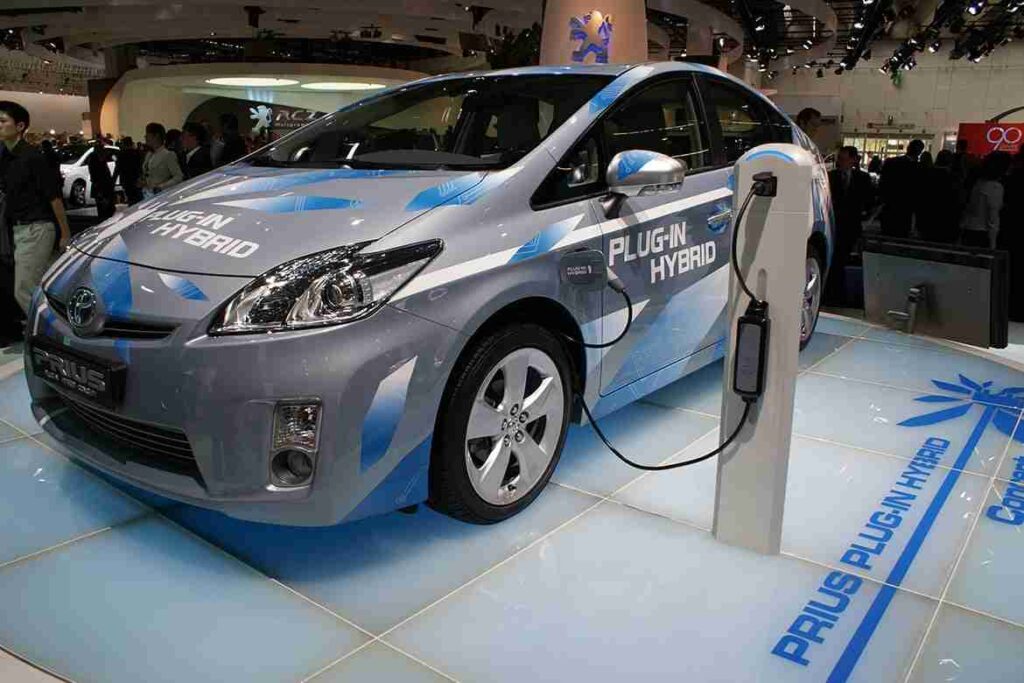
PHEVs offer the advantage of electric-only driving for shorter trips, reducing emissions and fuel consumption. Once the electric range is depleted, the vehicle seamlessly transitions to the internal combustion engine. Popular PHEV models include the Mitsubishi Outlander PHEV, Chevrolet Volt (discontinued), and the BMW i3 with Range Extender.
Extended Range Electric Vehicles (EREVs): A fine line between PHEVs, relying on liquid fuel to power the internal battery.
Extended Range Electric Vehicles, or EREVs, share similarities with PHEVs but operate on a distinct principle. In EREVs, the internal combustion engine does not directly drive the wheels but acts as a generator to recharge the vehicle’s battery. The wheels are exclusively powered by electric motors, distinguishing EREVs from traditional hybrid vehicles.

EREVs provide the advantage of extended electric-only driving ranges, leveraging the internal combustion engine solely to charge the battery. The now-discontinued Chevrolet Volt and the BMW i3 with Range Extender are examples of EREVs. This design aims to offer a balance between electric and conventional driving without sacrificing the benefits of electric propulsion.
Hybrid Electric Vehicles (HEVs): Diverse designs combining electric and internal combustion engines for enhanced efficiency.
Hybrid Electric Vehicles, or HEVs, encompass a broad category of vehicles that integrate both electric and internal combustion engines. Unlike plug-in hybrids, HEVs do not require external charging and use regenerative braking to recharge the battery. The electric motor assists the internal combustion engine, enhancing fuel efficiency and reducing emissions.

HEVs come in various designs, some prioritizing fuel efficiency and others focusing on performance. Examples include the Toyota Prius and the Ford F-150 Hybrid. While they do not offer electric-only driving, HEVs contribute to overall efficiency by utilizing electric power during certain driving conditions and optimizing the vehicle’s energy management system.
| Vehicle Type | Description |
|---|---|
| Battery Electric Vehicles (BEVs) | Sole reliance on batteries for propulsion. |
| Fuel Cell Electric Vehicles (FCEVs) | Employ fuel cells, emitting only water as a by-product. |
| Plug-in Hybrid-Electric Vehicles (PHEVs) | Blend electric and hybrid features for versatility. |
| Extended Range Electric Vehicles (EREVs) | A fine line between PHEVs, and relying on liquid fuel to power the internal battery. |
| Hybrid Electric Vehicles (HEVs) | Diverse designs combining electric and internal combustion engines for enhanced efficiency. |
Evangelists and Different Perspectives:
Within the EV community, the term “EVangelists” denotes enthusiasts advocating for specific types of EVs, often excluding certain categories based on personal preferences or perceived threats. FCEVs, PHEVs, and EREVs may face scrutiny from these proponents.
Terminology Wars:
The battle over terminology, particularly the definition of “electric vehicle,” has led to a tug of war between exclusive and inclusive perspectives. Attempts by media outlets to narrow down the term, excluding certain EV types, have added fuel to the linguistic fire.
Big Tent vs. Exclusive Definitions:
While some entities adopt a “big tent” approach, including BEVs and PHEVs under the EV umbrella, others argue for a more exclusive definition. Governmental bodies and international organizations may diverge in their interpretations, further contributing to the complexity of the discourse.
EV Charger Terminology:
Beyond the vehicles themselves, even the term “EV charger” is not immune to controversy. Enthusiasts debate whether it refers to the external charging device (EVSE) or the internal charger within the vehicle, reflecting the minutiae that can characterize the linguistic battleground in the EV community.
In the ever-evolving world of electric vehicles, the debate over terminology about different type of electric vehicles underscores the diversity of opinions within the community. Whether it’s the definition of an “electric vehicle” or the semantics surrounding EV chargers, the discourse reveals a complex interplay of preferences, priorities, and the ongoing evolution of the electric mobility landscape. As stakeholders continue to navigate this linguistic labyrinth, one thing remains clear: the world of EVs is as much about the words we use as it is about the vehicles themselves.
Related Posts




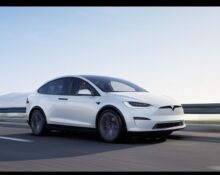
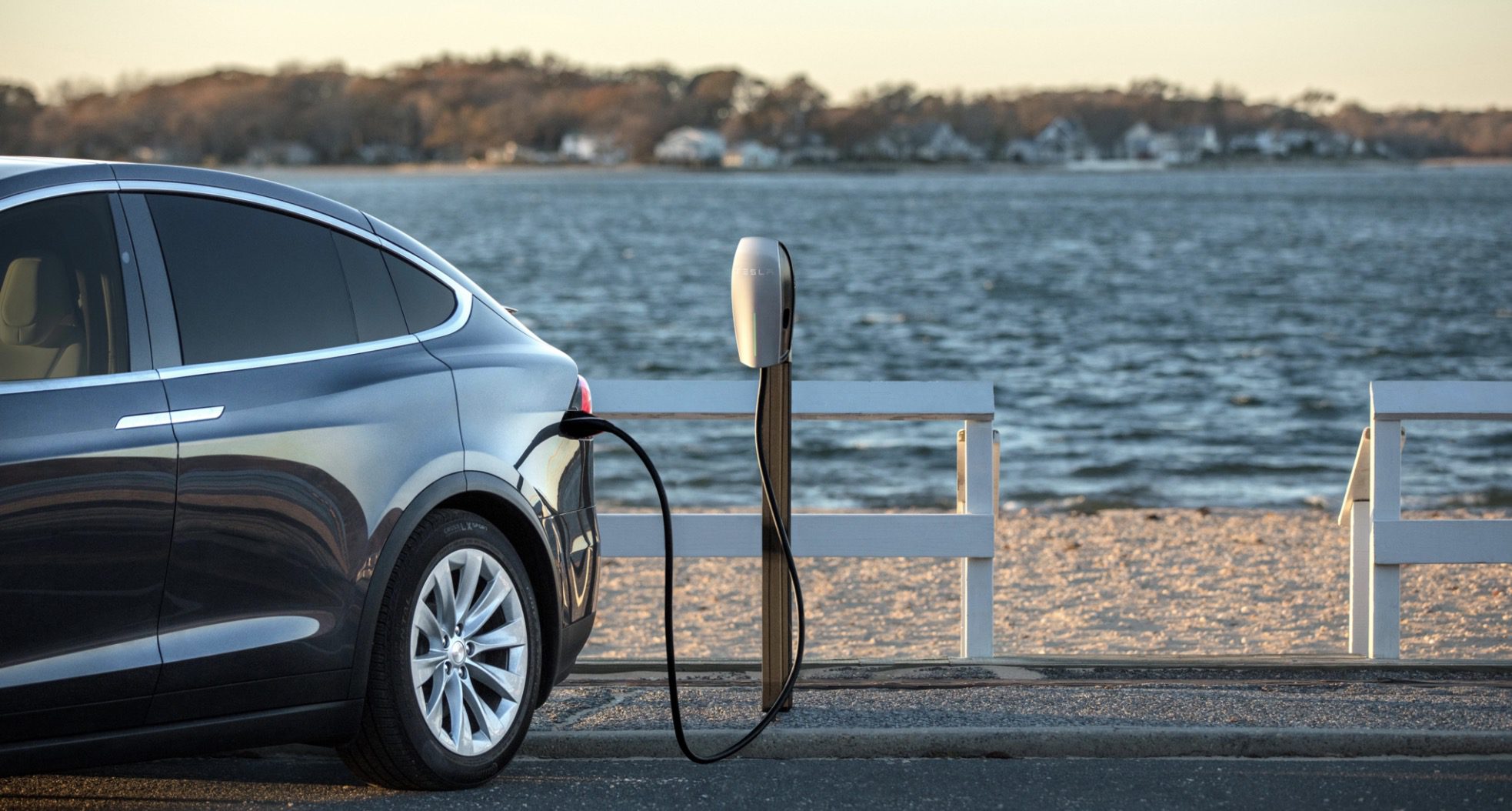
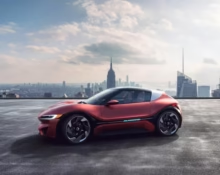




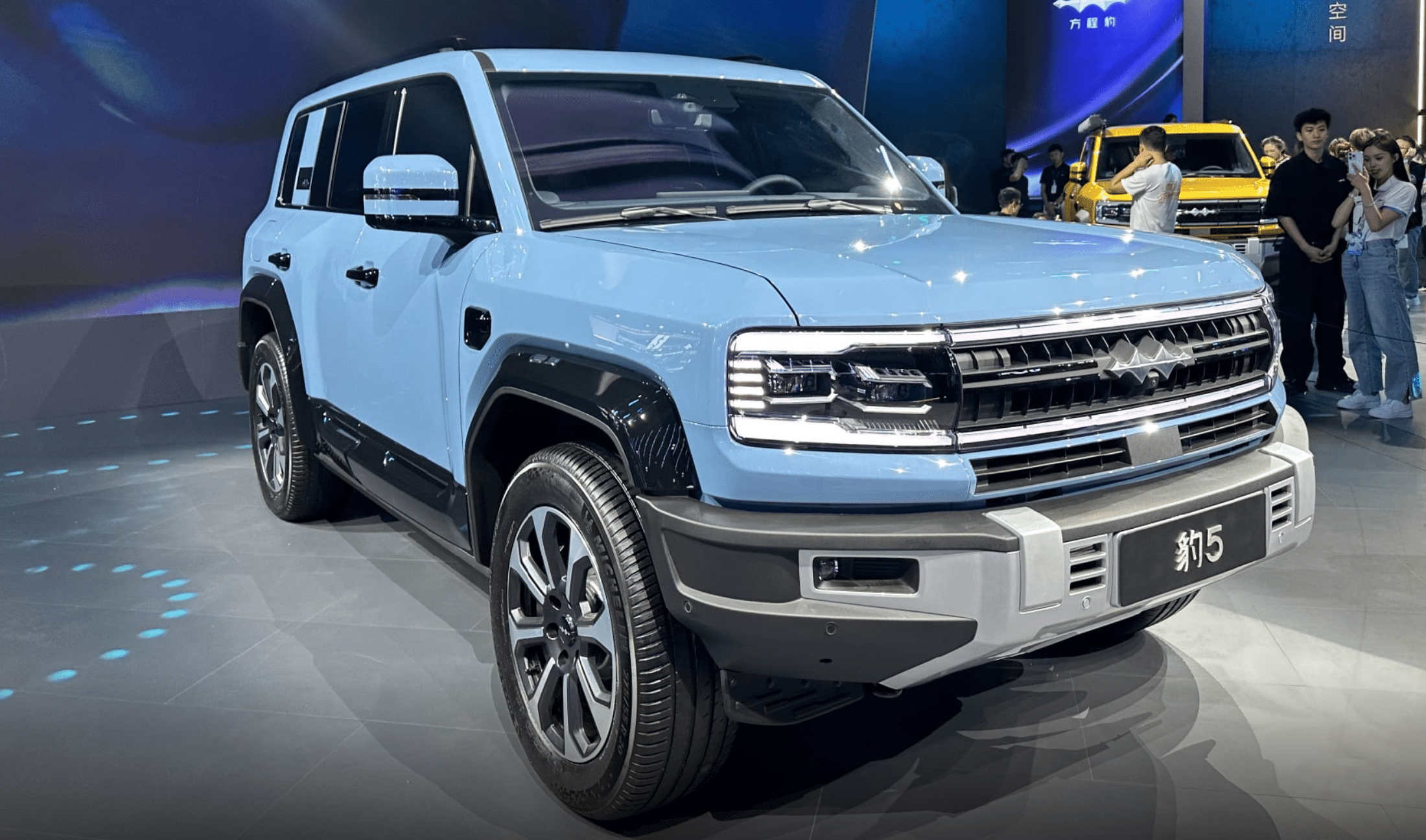

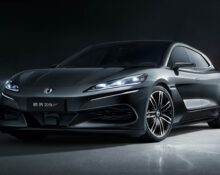
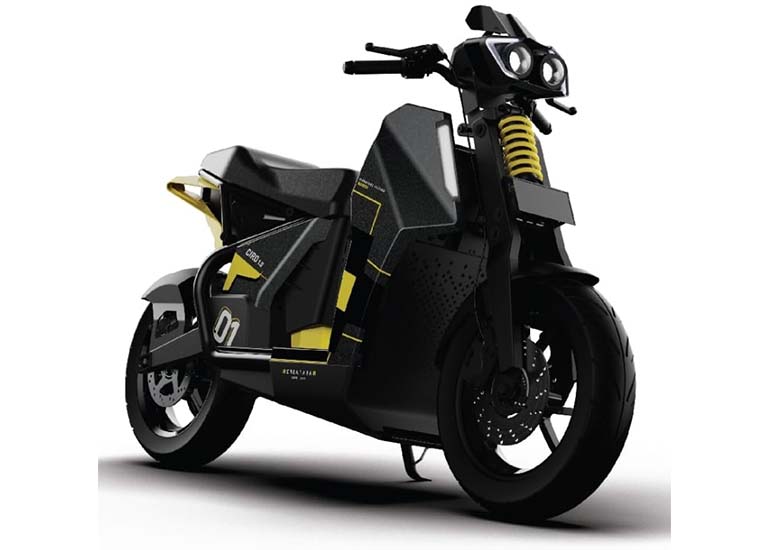


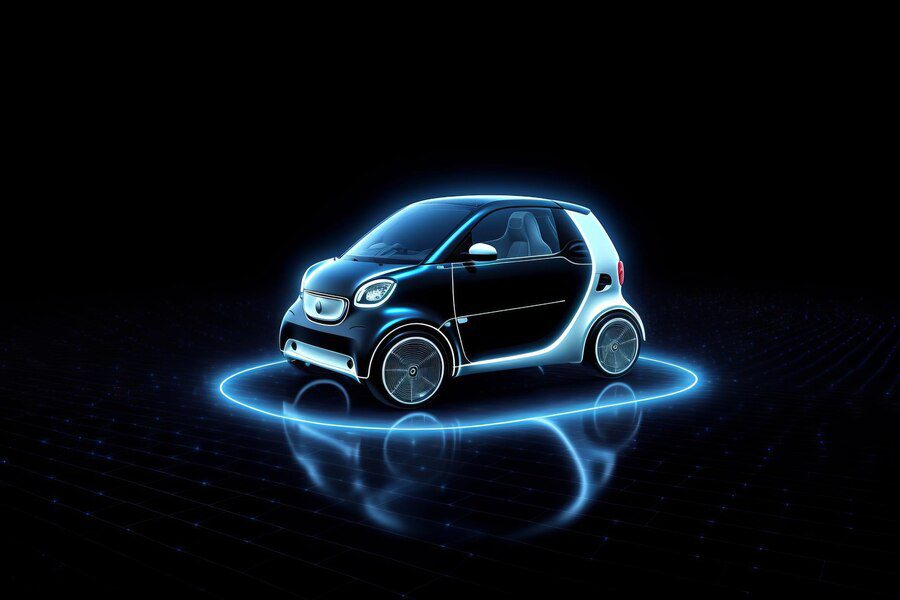
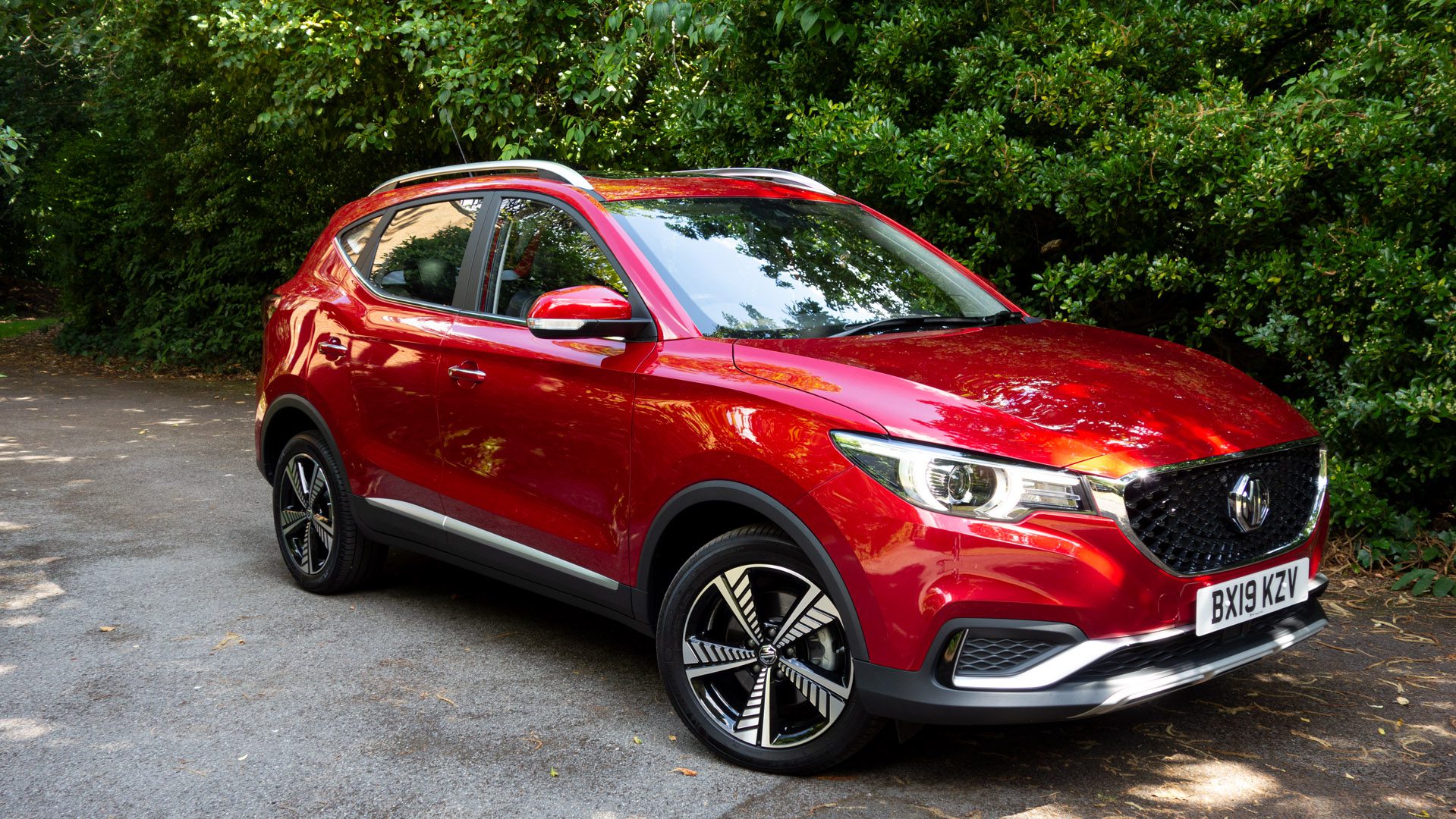
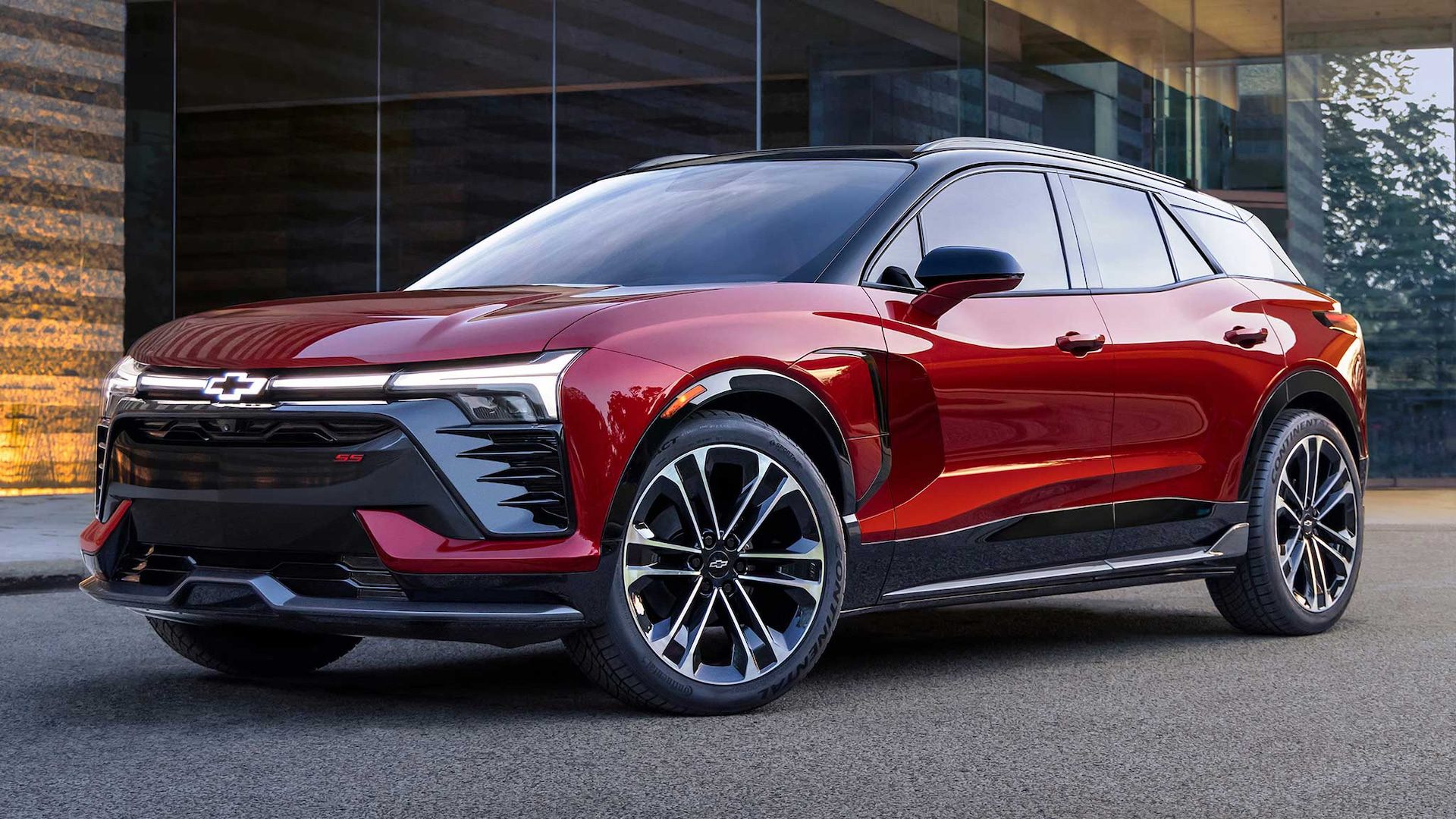
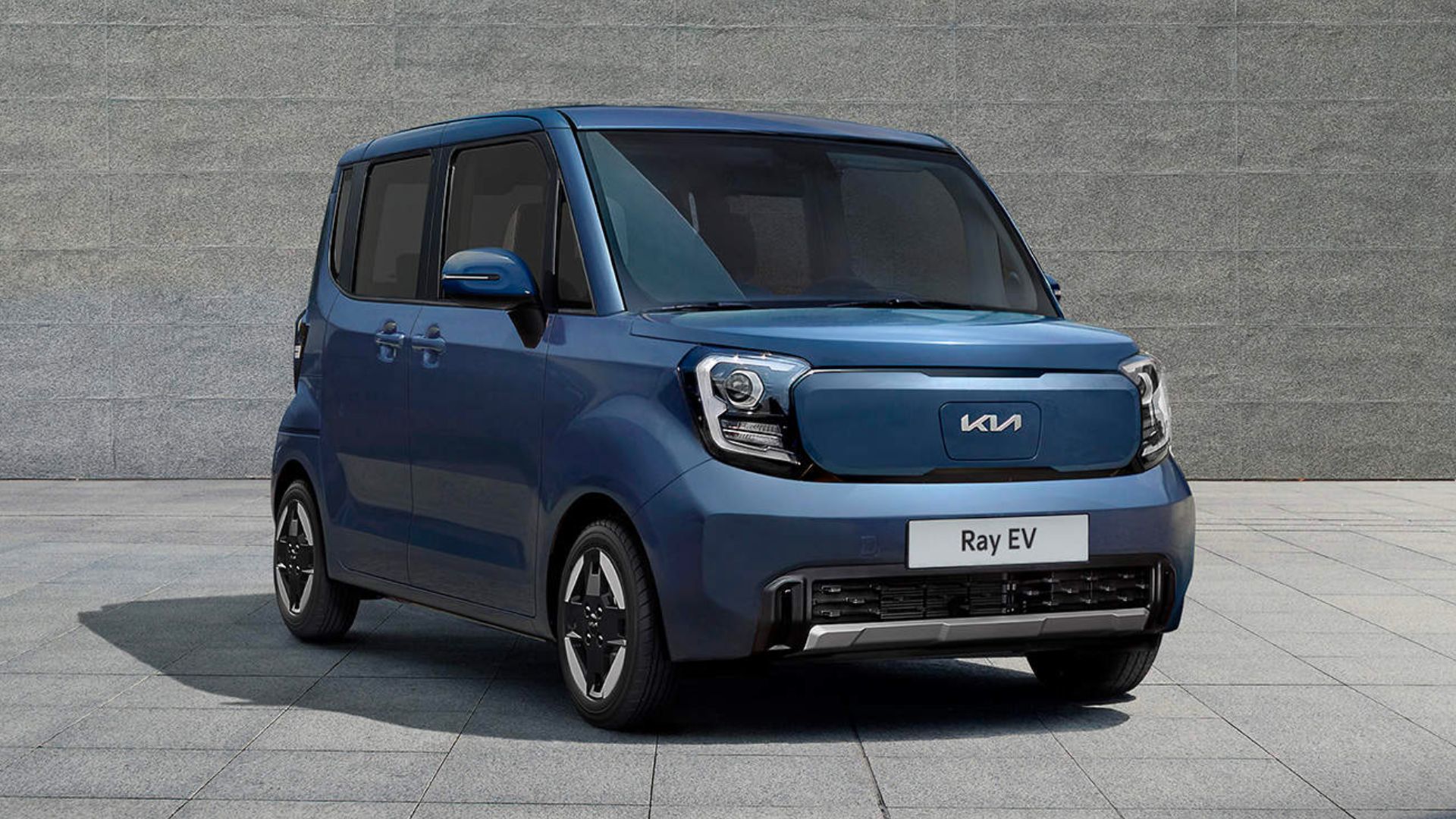




Leave feedback about this